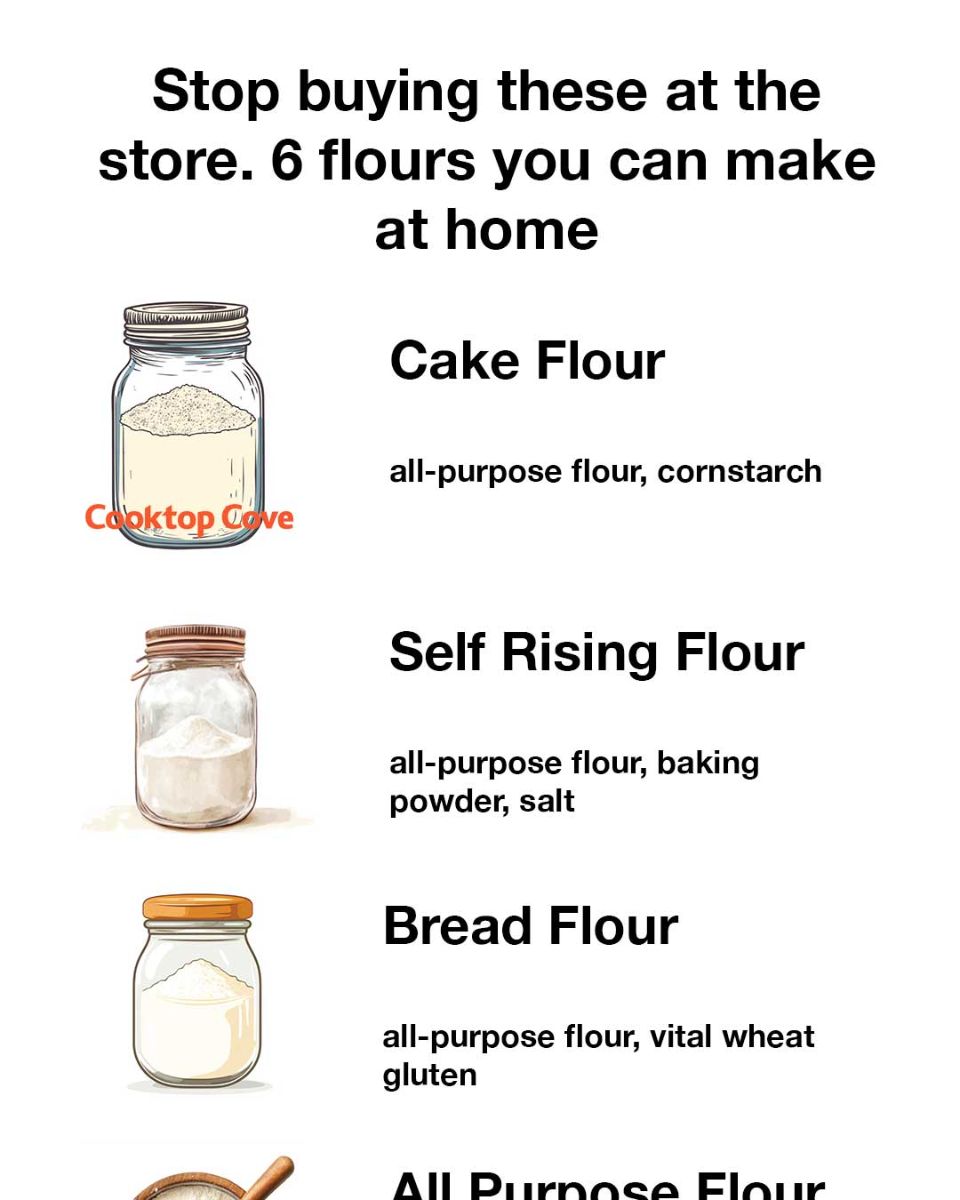ADVERTISEMENT
How to Make Chickpea Flour at Home:
- Ingredients: Dried chickpeas (garbanzo beans).
- Equipment: Food processor or high-speed blender.
Instructions:
- Place dried chickpeas (1-2 cups) in your food processor or blender.
- Blend until you get a fine powder. It may take a little longer than other flours, so be patient.
- Sift the flour to remove any large pieces and store in an airtight container.
Tip: If you’re using chickpea flour as a binder or thickener in savory dishes, make sure to cook it well to reduce its raw flavor.
6. Spelt Flour
Spelt flour is an ancient grain that’s often used as a substitute for wheat flour. It has a mild, slightly nutty flavor and contains gluten, but many people find it easier to digest than regular wheat flour. It’s perfect for breads, pasta, and cakes.
How to Make Spelt Flour at Home:
- Ingredients: Whole spelt berries (whole grain spelt).
- Equipment: Grain mill, high-speed blender, or food processor.
Instructions:
- If you have a grain mill, you can grind your whole spelt berries directly into flour. Alternatively, you can use a high-speed blender or food processor to grind the berries in small batches until fine.
- Sift the flour to remove any larger particles.
- Store in an airtight container.
Tip: Spelt flour is a bit lighter than regular wheat flour, so you might need to adjust recipes slightly if you’re substituting it.
Why Make Flour at Home?
- Better Control: When you make flour at home, you know exactly what’s in it—no preservatives, additives, or excess sugar.
- Cost-Effective: Some of these flours, like almond or oat flour, can be quite expensive when bought pre-packaged. Making your own is a budget-friendly alternative.
- Health Benefits: Many homemade flours are gluten-free, high in protein, and rich in fiber. You can easily choose the flour that fits your dietary needs.
- Freshness: Homemade flour is fresher and often more flavorful than store-bought versions that may have been sitting on shelves for months.
Conclusion:
Making your own flour at home is a simple, rewarding process that can add a whole new dimension to your cooking and baking. With a few basic ingredients and some kitchen equipment, you can create almond flour, oat flour, coconut flour, rice flour, chickpea flour, and spelt flour—each with its unique flavor and texture. So next time you’re in need of flour for a recipe, why not skip the store and try making your own instead? You’ll be amazed at the difference in taste, texture, and satisfaction!
ADVERTISEMENT
ADVERTISEMENT
